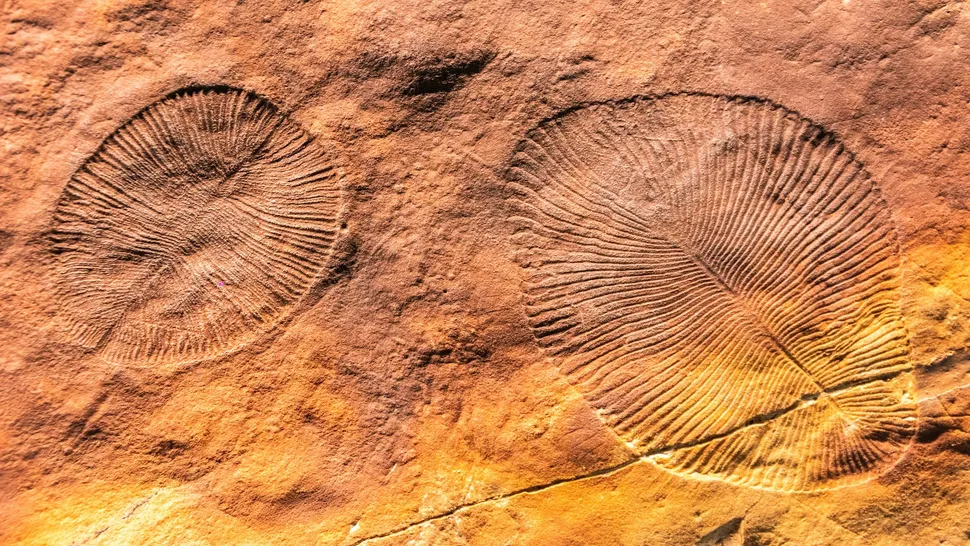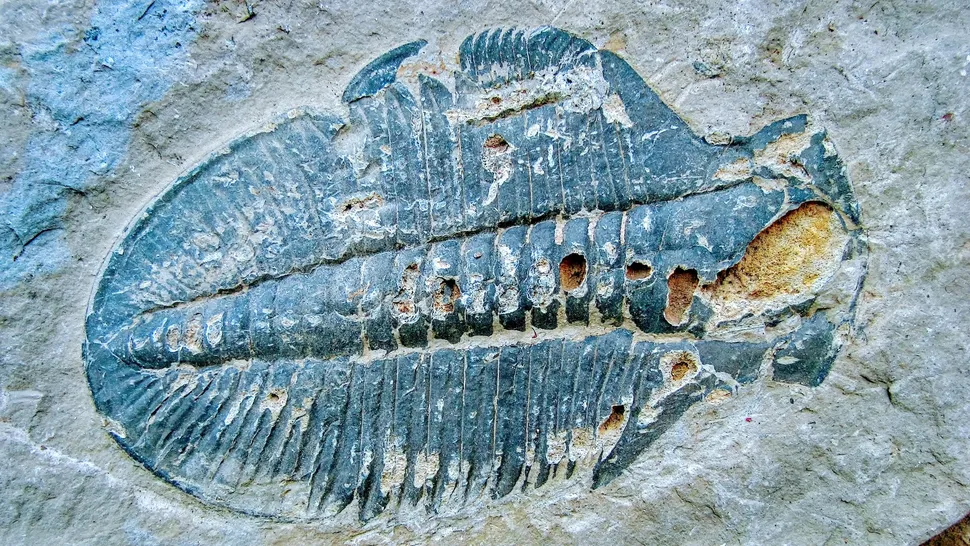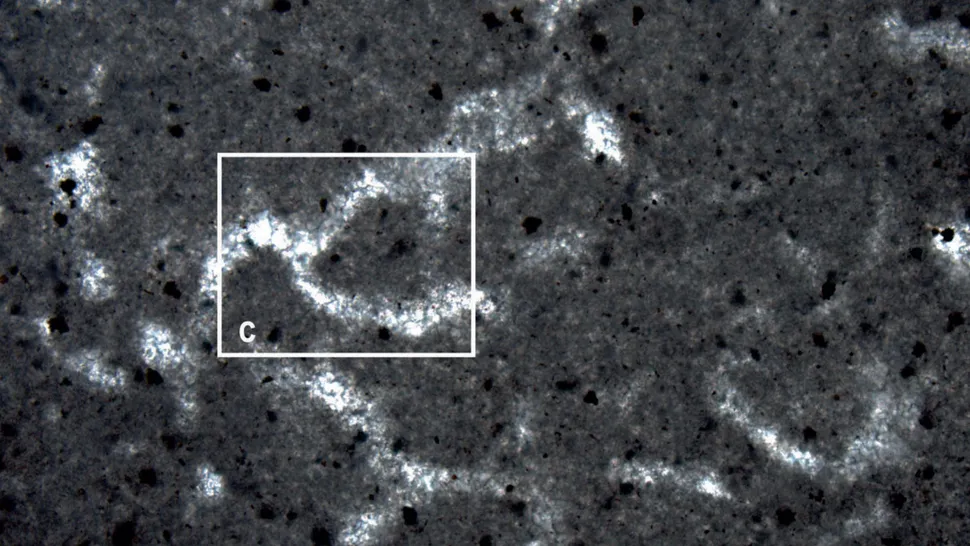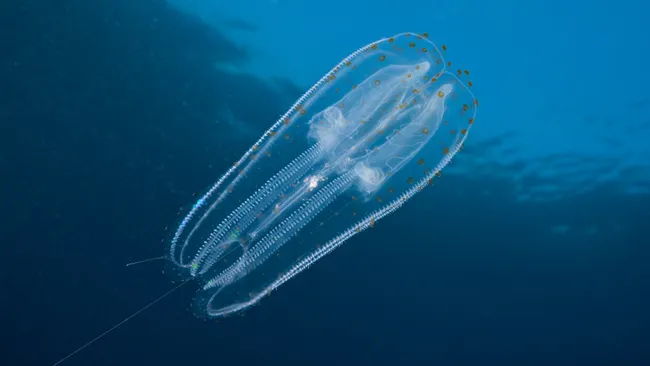Today, Earth teems with creatures of all sizes, from nearly invisible tardigrades to colossal 80-foot blue whales. These diverse forms of life have evolved over millions of years, but the question of which animal was the first remains hotly debated among scientists.

The leading contenders for this title are sponges and comb jellies. Our understanding of early animals comes from fossils dating back to the Cambrian period, which began around 541 million years ago. This era, known as the Cambrian explosion, saw an extraordinary proliferation of animal species within just 10 million years. This period gave rise to almost every major animal body plan seen today, including early arthropods, mollusks, and chordates, which later evolved into vertebrates. Remarkable fossils from the Burgess Shale in British Columbia offer a glimpse into the appearance of these primordial creatures.

However, the Cambrian explosion didn’t mark the start of animal life. In the 1950s, fossils from the Ediacaran period—spanning from around 635 million years ago to the dawn of the Cambrian—revealed soft-bodied, blob-like animals such as cnidarians (including jellyfish and sea anemones), worms, and possibly sponges. Unlike the hard shells of Cambrian creatures, these early animals left behind scant and often indistinct fossil records. One notable example is Dickinsonia, a wormlike organism resembling a ribbed dinner plate.

Before the Ediacaran, the fossil record becomes increasingly murky. “Beyond the Ediacaran, there’s little exploration,” said Elizabeth Turner, a paleobiologist at Laurentian University in Ontario. “Our pattern recognition skills might not be well-suited to identifying the earliest life forms.” Turner has proposed that the oldest known animal might be an 890-million-year-old sponge, based on her 2021 research published in Nature. However, this hypothesis is not universally accepted.
Recent advancements include using molecular clocks to estimate the timeline of animal evolution. This method relies on the steady rate of genetic mutations to trace modern genomes back to their origins. A 2023 study examining chromosomal data from ctenophores, or comb jellies, suggests they might be the earliest animals, appearing around 600 to 700 million years ago.
Yet, skepticism persists. Nick Butterfield, a paleogeobiologist at the University of Cambridge, challenges both the sponge and comb jelly theories. He notes that if animals existed 890 million years ago, we would expect to find evidence of biomineralization—where organic matter causes surrounding minerals to crystallize. However, the earliest known biomineralization dates back only 750 million years. Butterfield is also cautious about the molecular clock approach, stating, “Molecular clocks offer hypotheses, not definitive evidence.” He doubts that comb jellies, with their complex structures, resembled their ancient ancestors.
Turner concurs that the earliest animals would have been far from picturesque. “They would have looked like a microscopic bit of slime,” she said, reflecting the likely simple nature of these primordial life forms.
